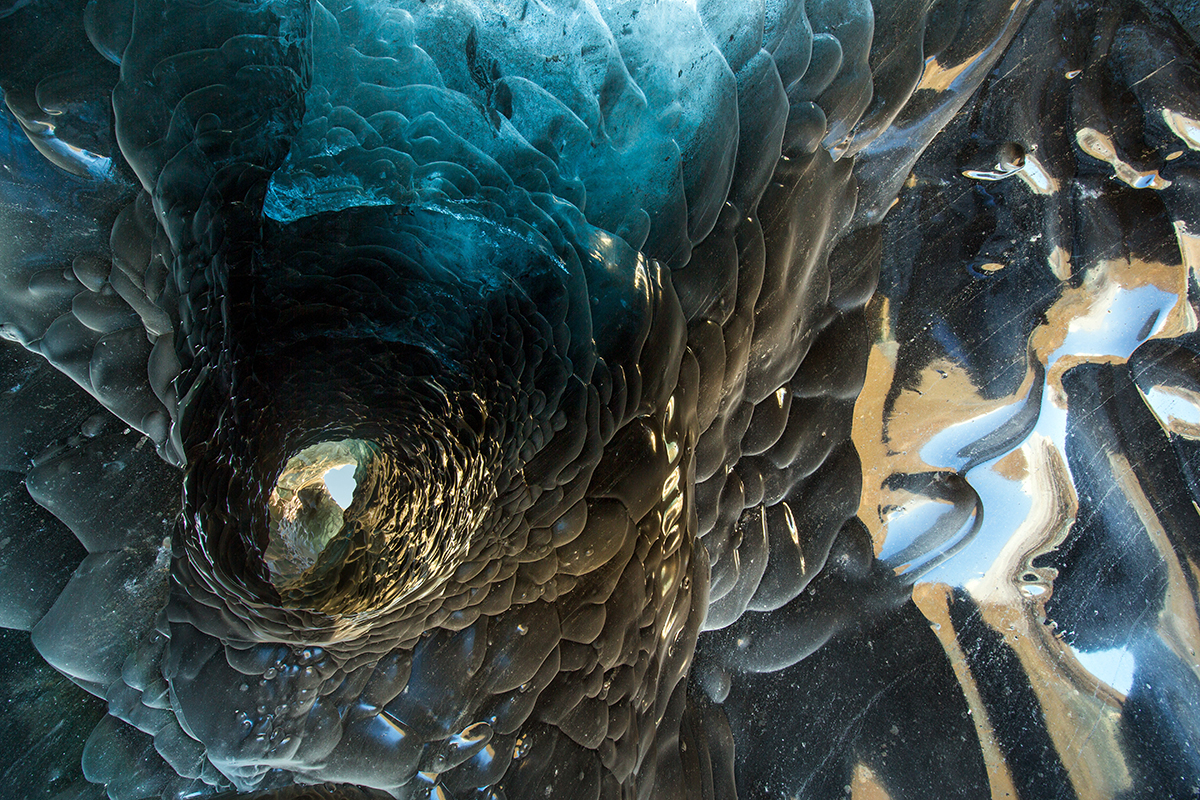Winter isn’t just a time to stay cozy indoors—it’s a season full of breathtaking beauty and photographic potential. With the right techniques and a creative eye, you can turn frigid days into inspiring photo opportunities. In this article, we’ll explore creative winter photography techniques that help you capture the textures, light, and atmosphere that make cold-weather scenes so compelling. Whether you’re shooting frost-covered landscapes or icy abstracts, these tips will help take your snowy photo ideas to the next level.
What You’ll Learn in This Article:
- How to spot and photograph natural patterns in snow and ice
- Tips for adding human elements to create visual storytelling
- Best practices for exposing shots in bright snowy conditions
- Pro advice for photographing wildlife in winter scenes
TIP 1: Look for Patterns

With all that snow and ice, winter gives photographers plenty of opportunities to seek out abstract patterns and photograph them. Look for wind-blown snow, newly formed ice, recent snowfalls on natural surfaces, and the way light shines through ice.
TIP 2: Put Yourself in the Picture
The addition of even a very simple human element like a finger, hand, or boot can create a sense of scale, tell a story, and add more visual interest to the photograph. It can also help viewers see themselves in the photo and thus find it more engaging.
TIP 3: Ice is Nice
Ice and the variety of creative photo opportunities it offers are by far the best part of winter photography. Set out looking for interesting ice formations to create original photos, and you’ll almost never be disappointed. Just remember to always put safety first – watch out for falling ice chunks and ensure ice is thick enough to hold your weight before walking over it.
TIP 4: Exposure Compensation
When shooting outside in the winter, all the snow and the sunlight it’s reflecting can often lead to under or over-exposed shots. Use the exposure compensation feature to correct what your camera might think is the correct amount of exposure. For whiter snow, we recommend adding +1 stop of exposure compensation.
TIP 5: Expose for the Animal, not the Snow

When snapping pictures of a winter wildlife scene, we recommend exposing the image for the animal(s) rather than the snow so that the focus is on them and they’re more detailed.
Conclusion: Embrace the Beauty of Winter with Creative Techniques
Winter may challenge photographers with its chill and unpredictable conditions, but it also rewards those willing to venture out with some of the most dramatic and visually striking scenes of the year. By using these creative winter photography techniques, you can transform snow, ice, and light into powerful storytelling tools. Whether you’re capturing subtle textures or dynamic wildlife, a thoughtful approach and the right gear will help your images stand out.
Armed with these tips, some Tamron lenses, and a warm winter coat, you should be able to snap some stunning winter photos that really highlight the season.
Learn more about Tamron lenses at an authorized Tamron dealer in your area or visit the TAMRON Store today.

